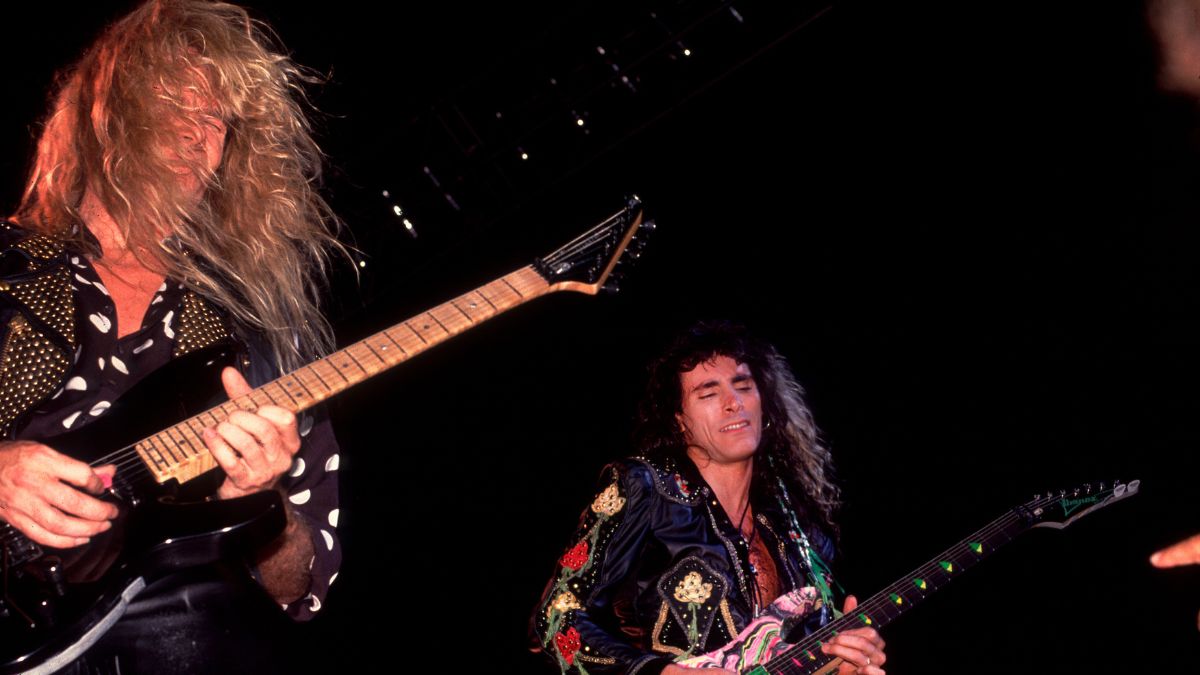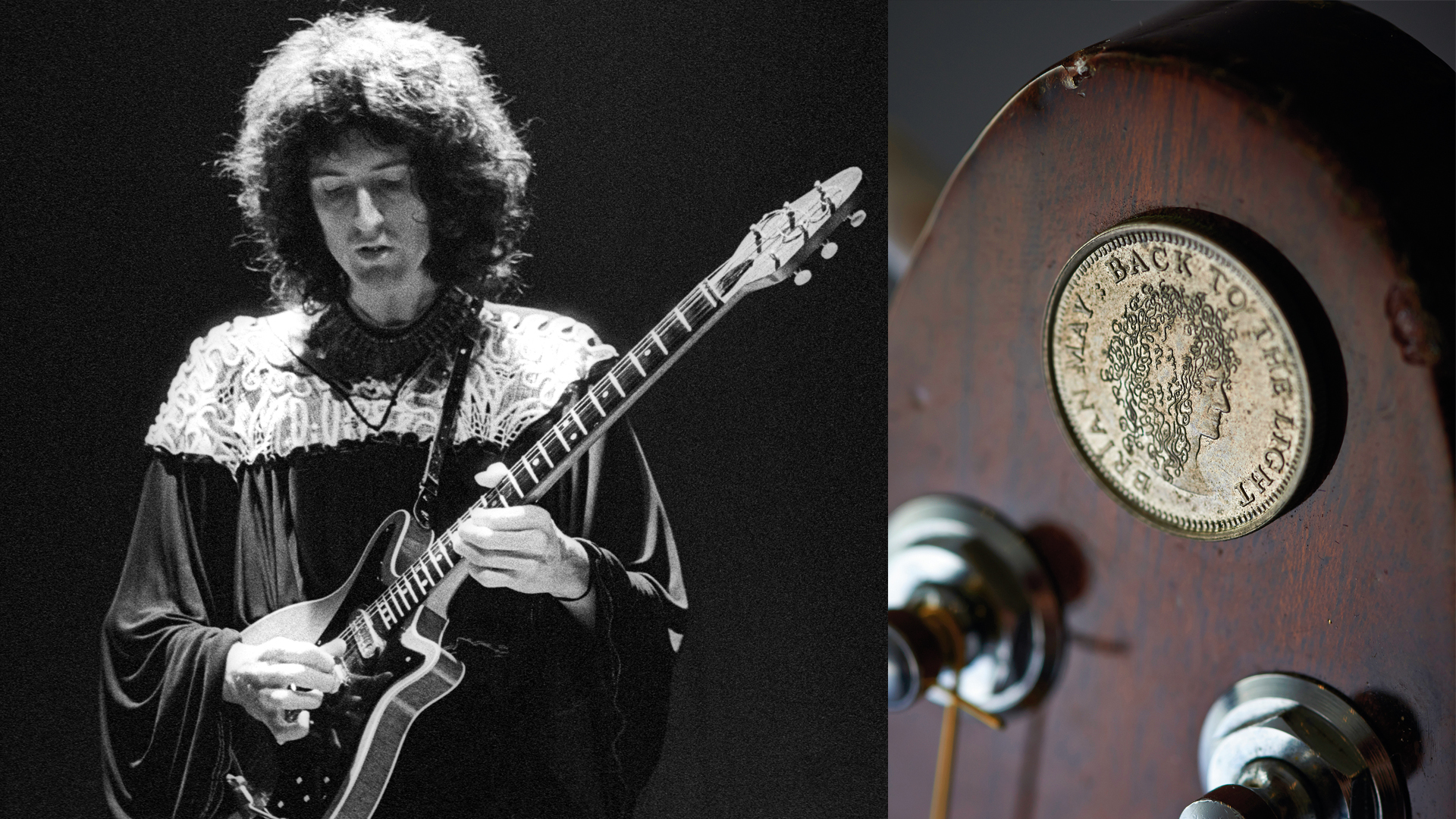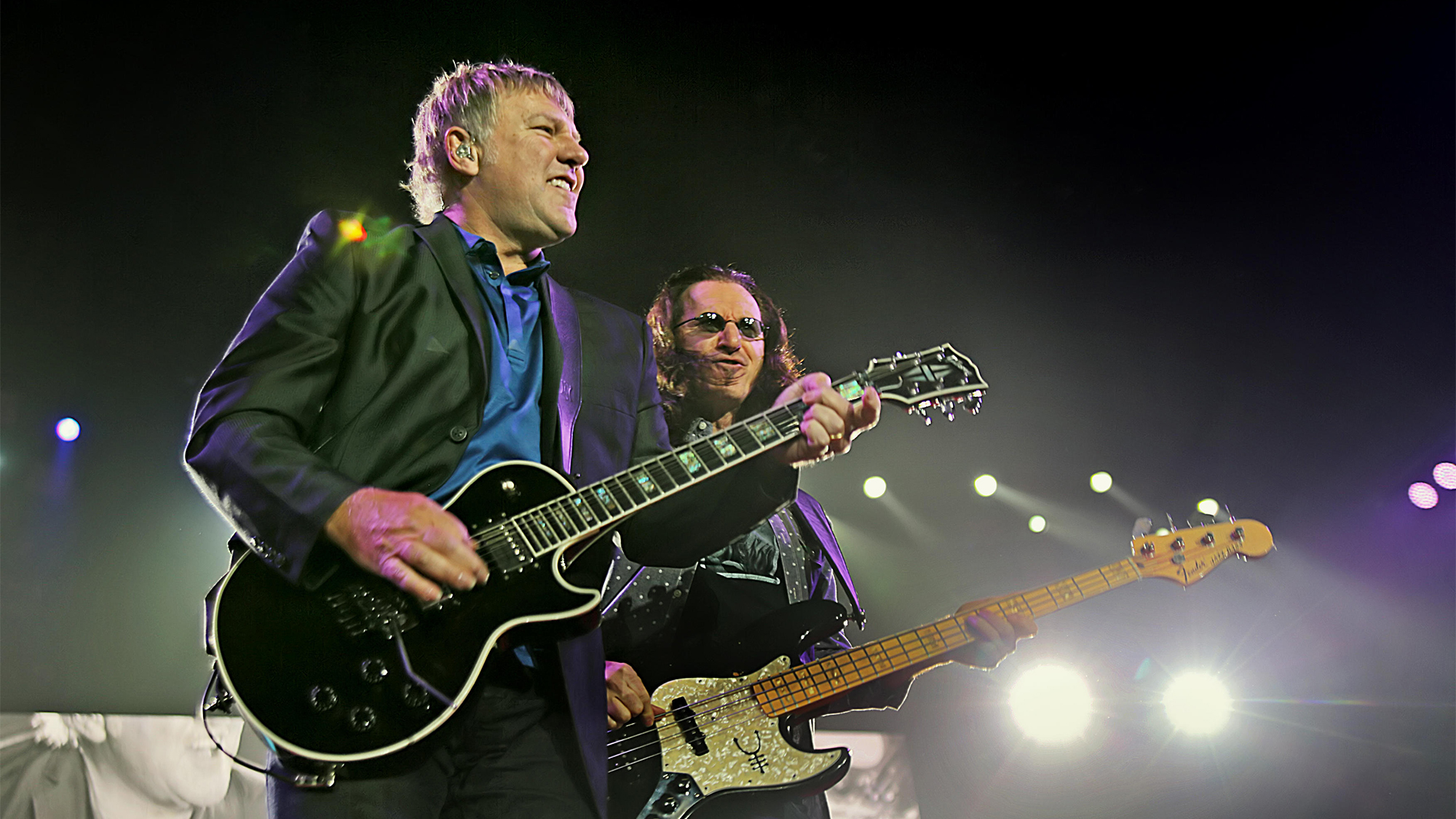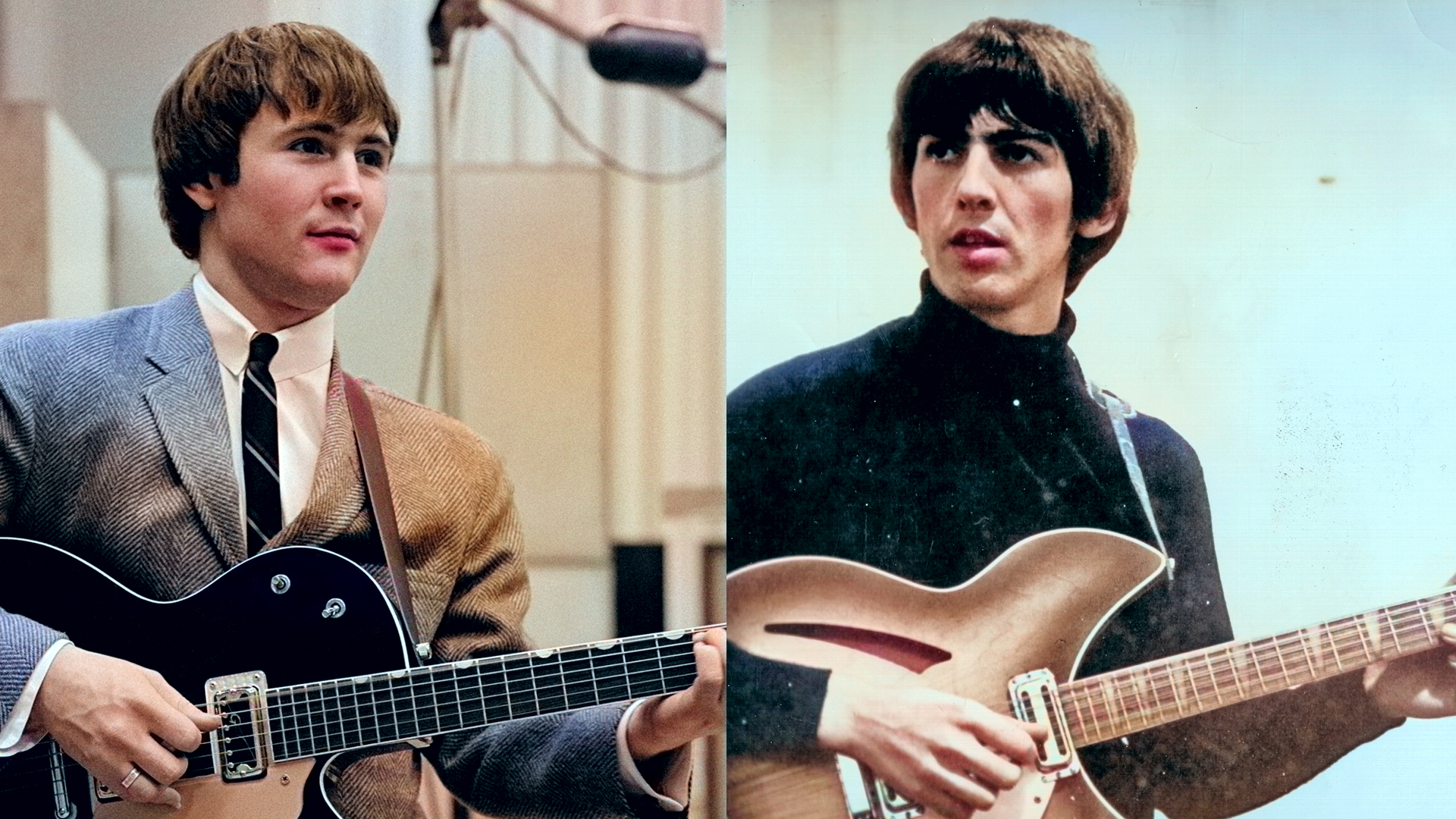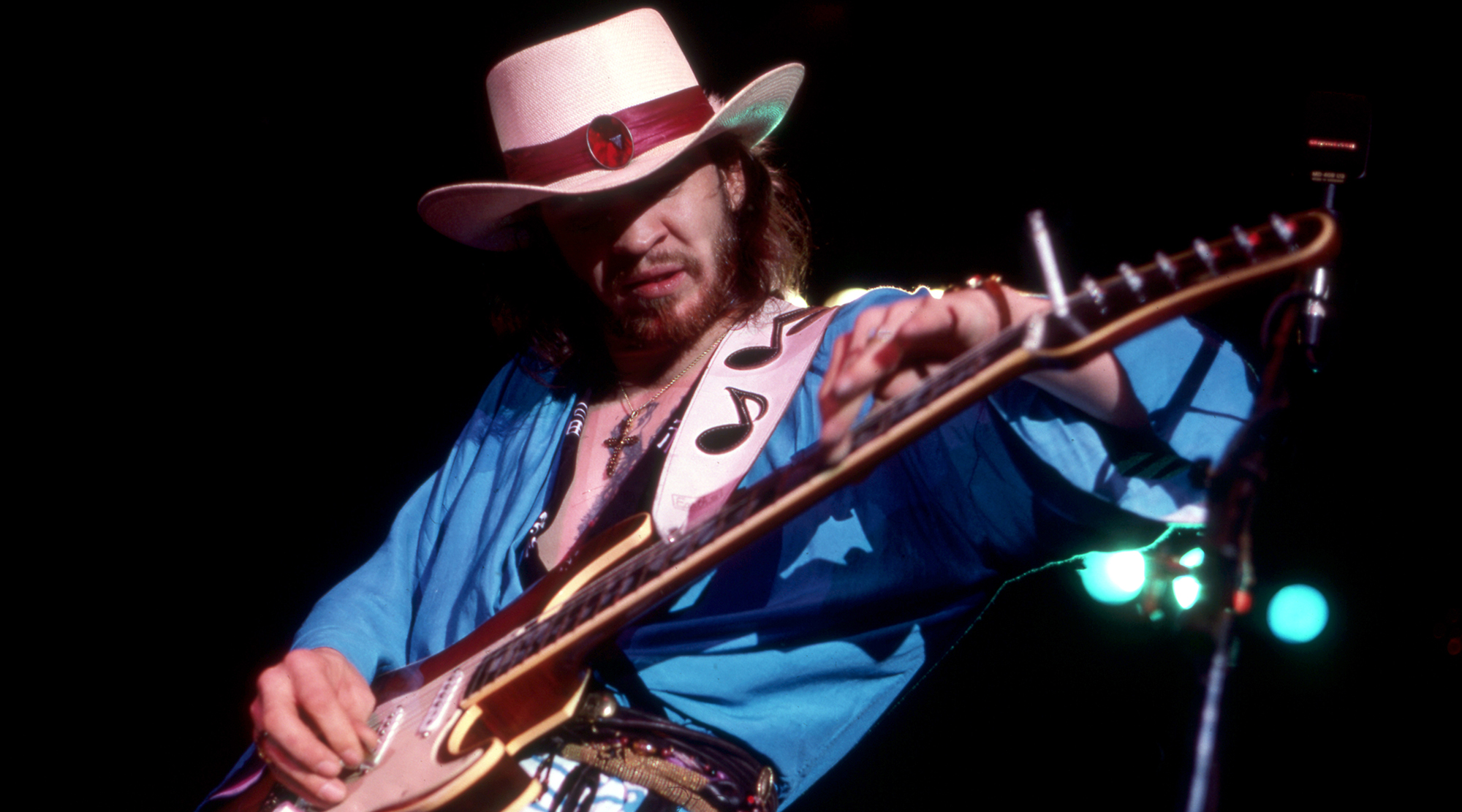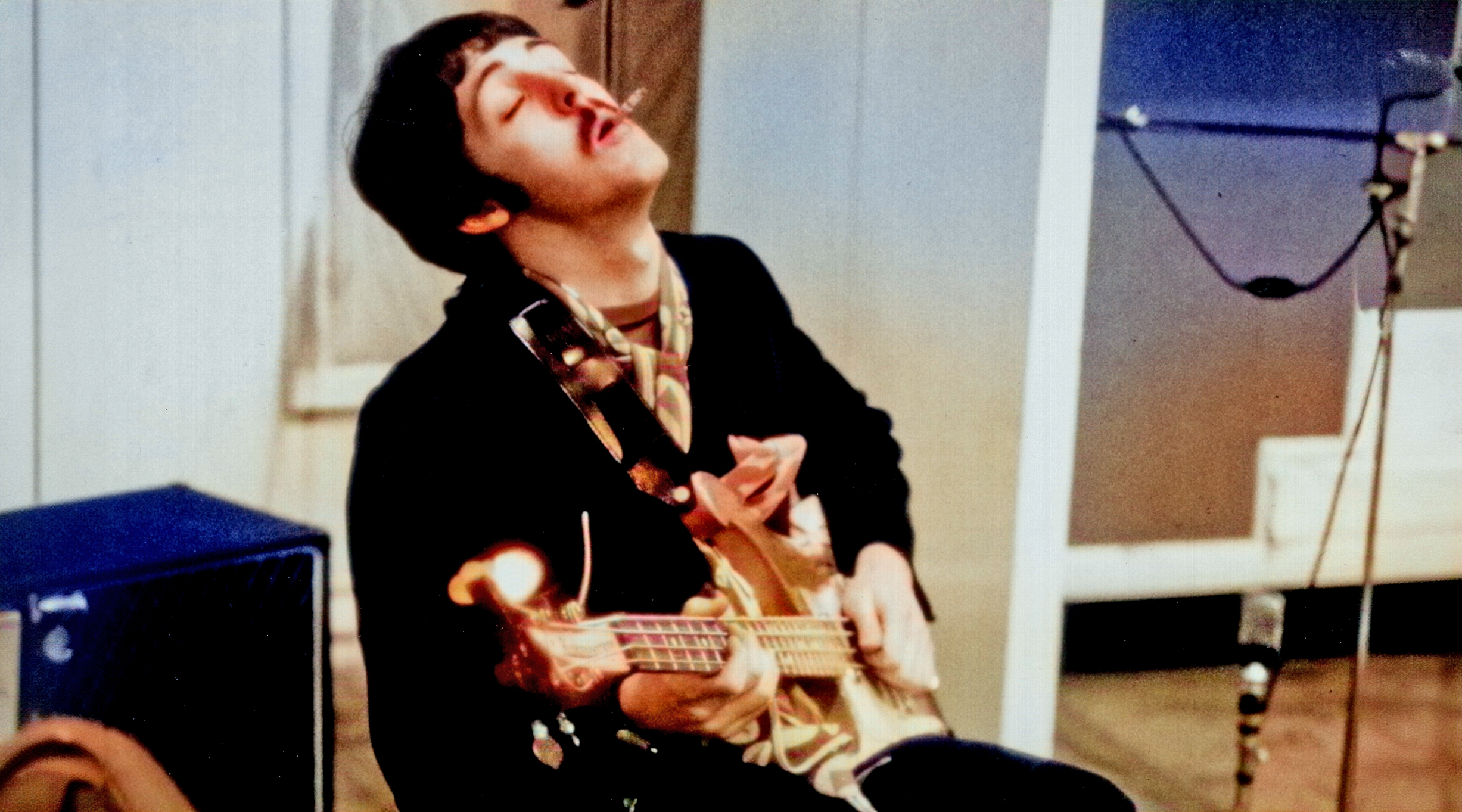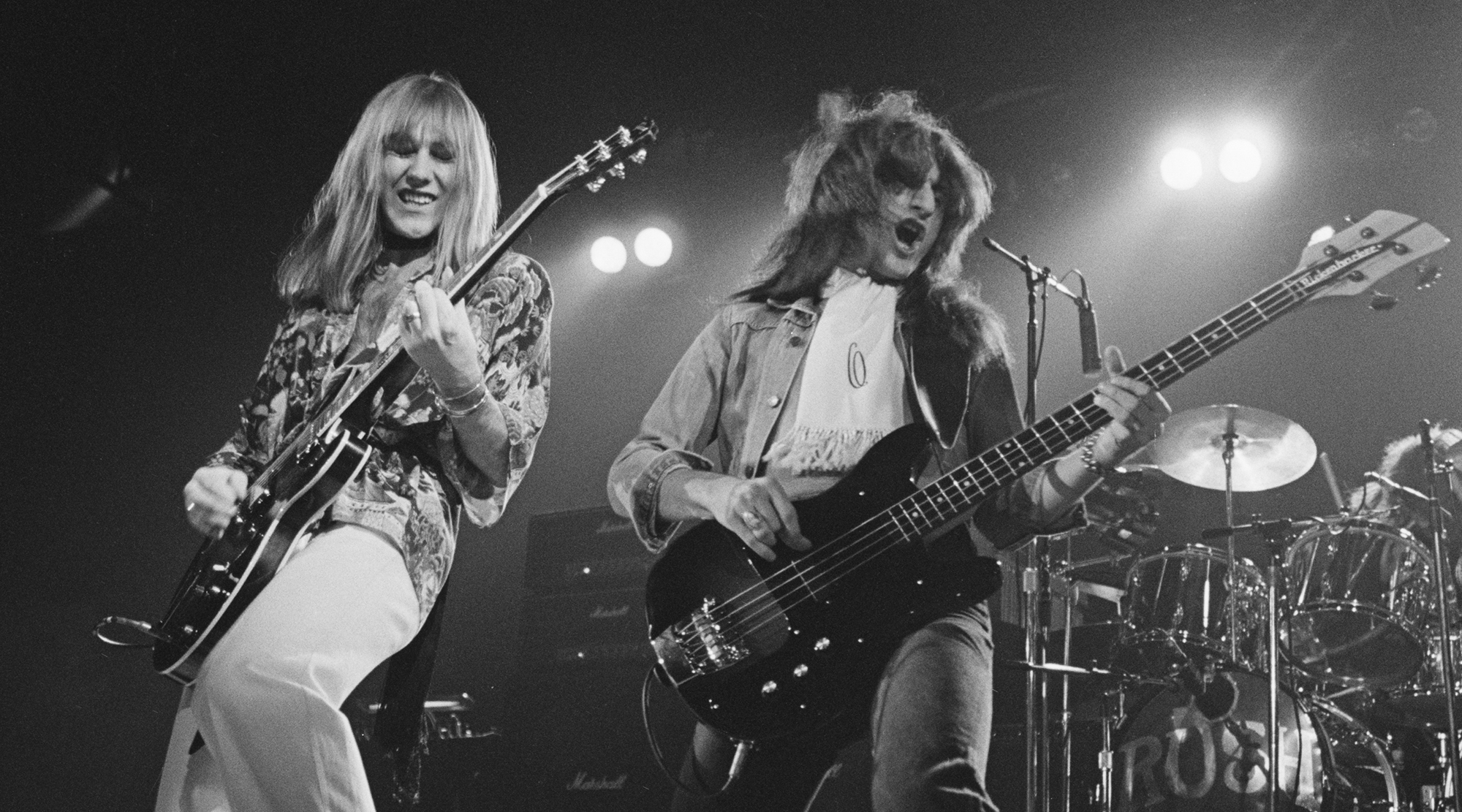“Used for many gigs and on the album recordings for In the Skies and Little Dreamer”: Peter Green’s peculiar Fender Duo-Sonic II – used extensively during his late ‘70s comeback – to be auctioned off
The three-quarter-sized guitar featured on two solo albums that marked the Fleetwood Mac co-founder's return from obscurity in the late ‘70s
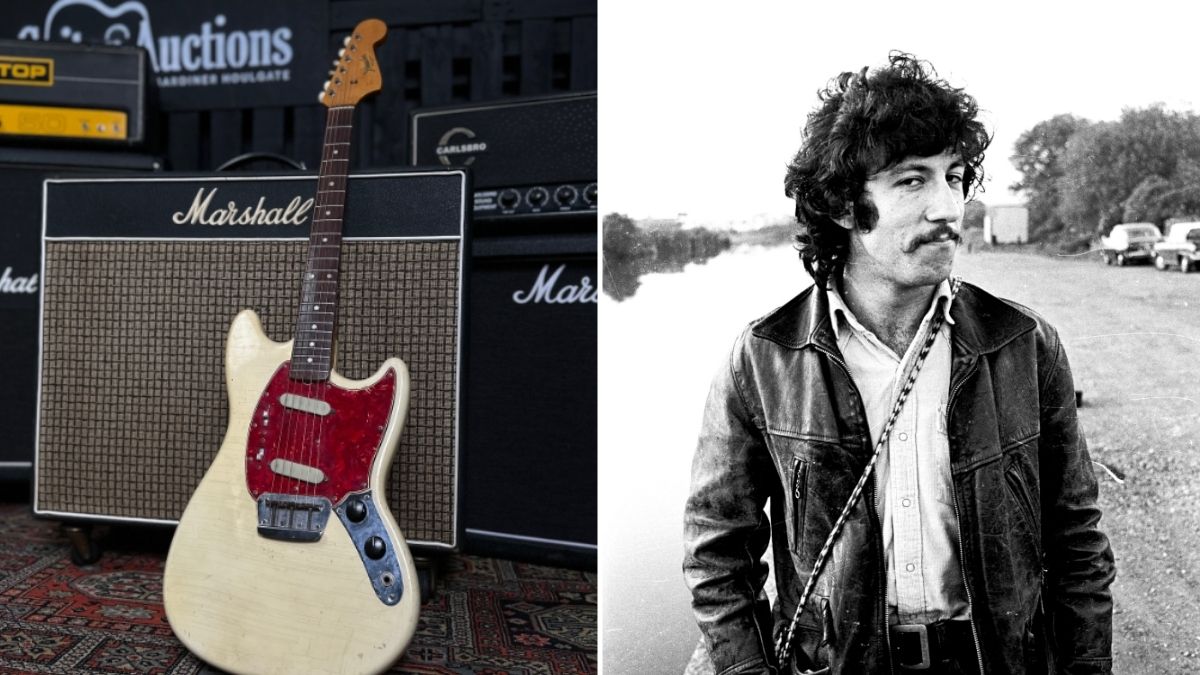
Peter Green’s 1965 Fender Duo-Sonic, used prominently on the solo album In The Skies and beyond, is set to be sold at auction. Its sale is the headline act of Gardiner Houlgate’s latest sale of prestigious pre-loved guitars.
It follows Eric Claption's prototype Martin 000-28EC, Ian Bairnson's expectation-surpassing Wuthering Heights Les Paul Custom, and Johnny Marr's The The-era '62 American Vintage Strat reissue to Gardiner Houlgate's auction block, with the trio of instruments having been sold this year.
The Fleetwood Mac guitarist is most closely associated with his “Greeny” Gibson Les Paul Standard, which he later sold to Gary Moore, and is now in the hands of Kirk Hammet.
But Green’s love affair with the Fender was hardly fleeting. As per the auctioneer, the Duo-Sonic became a key part of the bluesman’s collection in the late ‘70s, playing a key role in 1979’s In The Skies, which featured Pink Floyd and Thin Lizzy guitarist Snowy White.
Notably, it was his first release after eight years of obscurity following his departure from Fleetwood Mac. Its follow-up, Little Dreamer, arrived a year later, and the Duo-Sonic remained by Green’s side.
Green’s beloved Fender has a stunted 22.5” scale length, rosewood fingerboard, and an Olympic White finish. All the wear and tear that can be seen on the guitar – particularly around the bottom of the body – are the result of Green’s playing.
The guitar has a hardtail three-saddle bridge and two slider switches to alter the tone of its two single coil pickups, which are full of chiming and biting tones.
Get The Pick Newsletter
All the latest guitar news, interviews, lessons, reviews, deals and more, direct to your inbox!
This particular instrument – a Duo-Sonic II – had seen some choice changes made from its first production run, with those sliders, usurping a three-way toggle switch, one such tweak.
A post shared by Guitar Auctions at GH (@guitarauctions)
A photo posted by on
An all-plastic pickguard also gave way to a metal control panel, a lá the Fender Mustang.
The Fender Duo-Sonic hasn't quite lived the test of time like the Mustang. Yet while many were quick to dismiss the three-quarter-sized “kid's guitar,” it had and has fans in Jimi Hendrix, Rory Gallagher, Walter Becker, and Dweezil Zappa.
A major figure in the late-1960s British blues boom, Green was considered one of the best electric blues guitarists of the era. For a few years, it seemed he would stand among an elite cast of guitarists to shape the direction of blues rock for years to come, having risen to prominence alongside Eric Clapton, another famous Les Paul user at the time.
However, for a period Green stopped playing Gibsons altogether, and it was at this time that his Duo-Sonic, alongside several Stratocasters and Telecasters, got plenty of mileage.
He once even claimed he'd never play a Les Paul again. Asked by Guitar Player in 2003 why he'd made such a statement, he said: “In some ways, I regret ever buying a Les Paul guitar. I sort of overshadowed Eric [Clapton]'s breakthrough.”
Its auction will take place on September 3, with a humble estimate of $4,000 touted.
Visit Gardiner Houlgate to learn more.
A freelance writer with a penchant for music that gets weird, Phil is a regular contributor to Prog, Guitar World, and Total Guitar magazines and is especially keen on shining a light on unknown artists. Outside of the journalism realm, you can find him writing angular riffs in progressive metal band, Prognosis, in which he slings an 8-string Strandberg Boden Original, churning that low string through a variety of tunings. He's also a published author and is currently penning his debut novel which chucks fantasy, mythology and humanity into a great big melting pot.
"It's a powerful, versatile variation on the timeless Telecaster, with a vital back story to boot." We review the Fender Stories Collection Mike Campbell Red Dog Telecaster
Guitar Center's Guitar-A-Thon is back, and it includes a colossal $600 off a Gibson Les Paul, $180 off a Fender Strat, and a slew of new exclusive models




